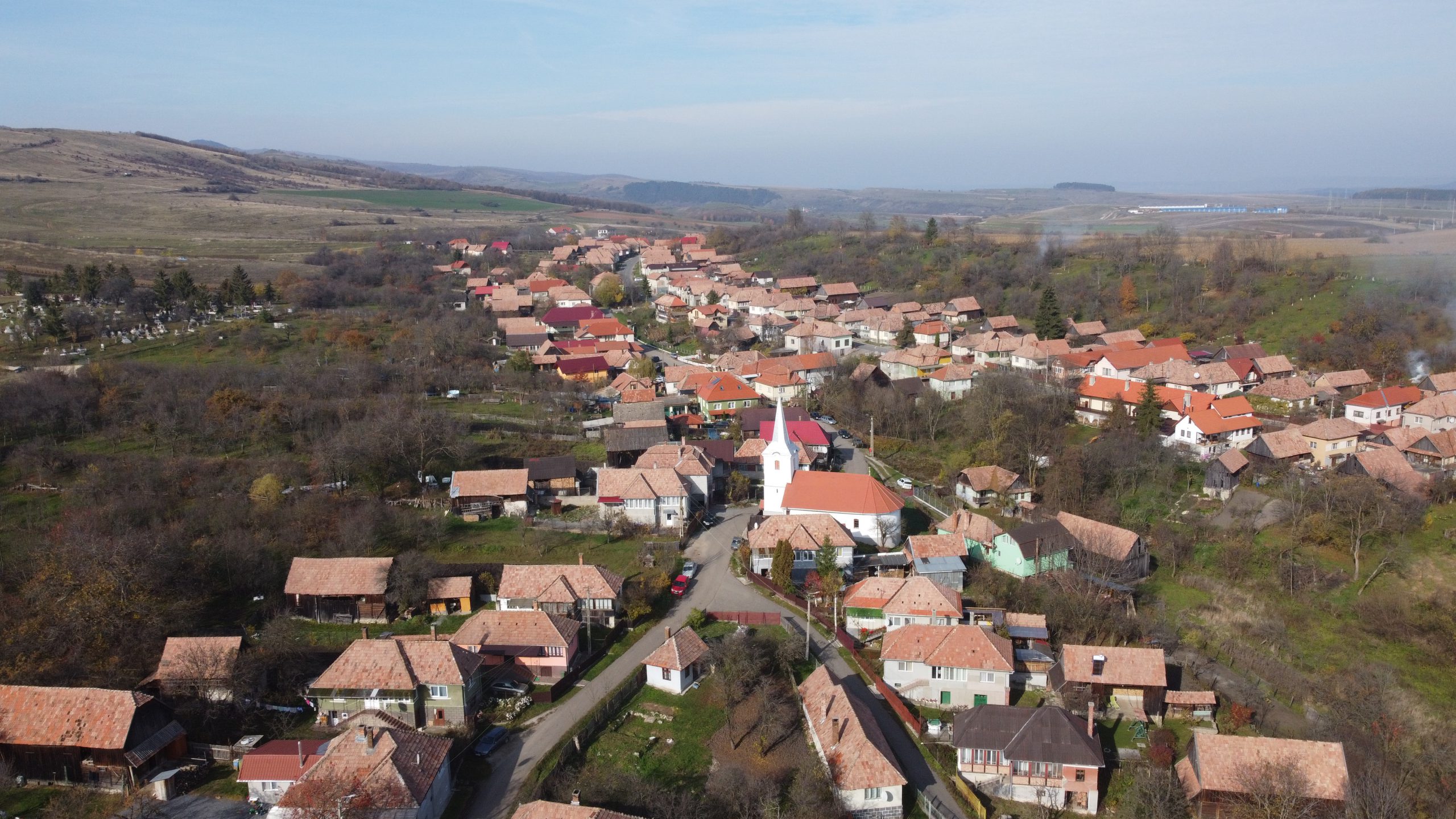Liteni
Liteni
Liteni is the southernmost and most elevated settlement in the municipality of Tordaszentlászló. It belongs to the villages of the municipality beyond the watershed, together with Hesdat and Románleta. Its history is closely linked to the history of the Léta Castle, the centre of power built nearby.
The first written record of the castle dates back to 1324, but excavations in the castle have also unearthed coins from the Árpád period (1000-1301). These suggest that the castle was built much earlier. After the demise of the Árpád dynasty, it became the property of László Kán, who was trying to gain power in Transylvania, and was reacquired by the army of Róbert Károly. The castle was under the authority of the Transylvanian voivode, and its lieutenants usually also performed the duties of the deputy bailiffs of Torda or Kolozs counties.
In 1441, the castle was given by King Vladislaus I. to Mark Herepei, and before 1524 it became the property of the Balassa noble family. The noble family minted counterfeit money in Léta Castle, as in other castles. After the Battle of Mohács (1526), the Balassa family sided with Ferdinand Habsburg and became enemies of the Transylvanian princes. István Báthori’s army captured the castle in 1562 after its defenders surrendered the fortress in exchange for a free retreat. According to contemporary records, the guards had hidden gunpowder in the castle, which exploded when the Transylvanian army entered and caused great destruction.
The castle, which had fallen into princely hands, was soon restored and became the property of János Géczi, governor of Transylvania, during the minority of Prince Zsigmond Báthori. However, the fortress became militarily unimportant and was later probably blown up by the Habsburg military.
The first records of Liteni are in fact records of the castle. In 1324 Castrum Leta and in 1405 Castrum Letawar are mentioned in documents. The parish church of the municipality is mentioned for the first time in 1334, and in 1450 the parish of the Holy Cross (Ecclesia S. Crucis de Letha) is mentioned in papal documents. The village was first mentioned in 1648 as Magyar Leta, a name which, with a different spelling, has survived to the present day.
In Romanian, it is mentioned in documents as Leta or Lita Ungurească in the 19th century, then as Litenii de Sus in the 20th century, and as Liteni from 1960.
In the 18th century it belonged to Cluj county, in the 19th century to Turda and later to Turda-Aries county.
The inhabitants
0
The first documentary attestation
0
- UAT Săvădisla
- 641
Contact
- Main Street, No. 35, Săvădisla Commune, 407505, Cluj County
- +40 264 374 275
- +40 264 374 275
- primsav@yahoo.com
Useful



